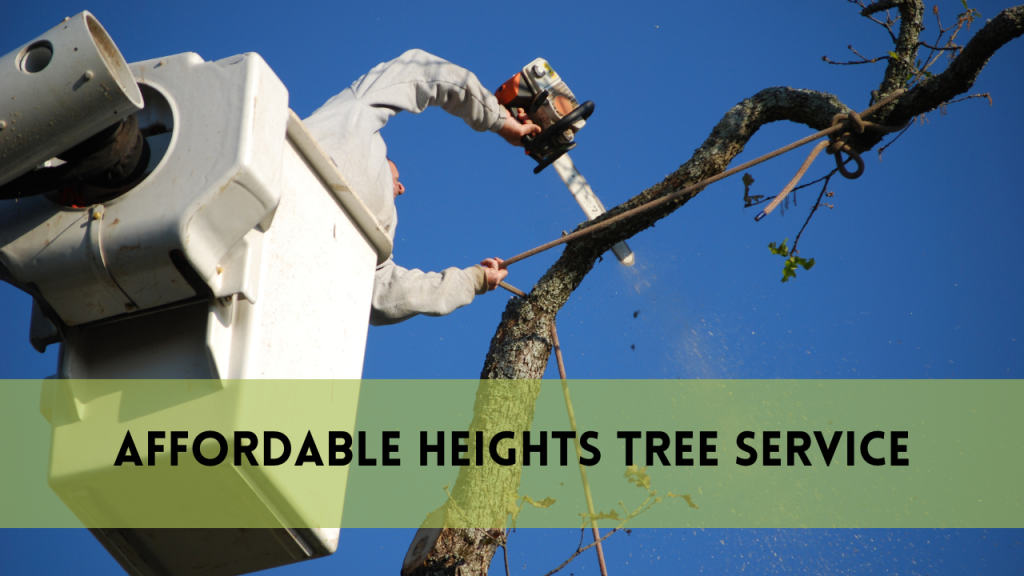How Long Does a Cottonwood Tree Shed?
Cottonwood trees are renowned for their towering height, vast canopy, and unique foliage. These deciduous trees are native to North America and belong to the genus Populus. They thrive in damp areas near rivers, streams, and floodplains. Cottonwood trees grow quickly and may reach astonishing heights in just a few years. Their leaves, which are shaped like deltoids and have a vivid green color in the warmer seasons, add to their unmistakable look. Furthermore, their seeds, which are coated in fluffy white fibers similar to cotton, scatter easily with the breeze, assisting in their reproduction.
Cottonwood trees have an annual shedding process in which leaves and seeds are spread, which is a natural phenomenon that contributes to their reproductive strategy and general vitality.
Understanding Cottonwood Tree Shedding
Cottonwood trees shed as part of their reproduction strategy. This process, which usually occurs in late spring or early summer, starts with the progressive browning and loss of leaves from tree branches. Simultaneously, the seeds enclosed in fluffy, cotton-like fibres are liberated, whisked away by the wind to find new sites to germinate and thrive.
Life Cycle of Cottonwood Trees
Cottonwood seeds germinate to start it all. These seeds, which are frequently distributed by the wind, locate favourable locations to thrive in, which are generally damp and near water sources. Once the seeds find the correct circumstances, they sprout, causing a new cottonwood tree to grow. These trees are well-known for their quick development, with many reaching astonishing heights in a few of years.
Cottonwood trees enter the reproductive phase as they grow, which takes several years. The trees get their name from the seeds they produce at this stage, which are enveloped in fluffy, cotton-like fibres. These cottony seeds contribute in dispersal by being blown by the wind to other sites where they may germinate and thrive, thereby perpetuating the cycle. The cottonwood tree’s shedding process is an important part of its life cycle. These trees drop their leaves and seeds annually, generally in late spring or early summer. This shedding is a normal and necessary component of their life cycle, since it aids in reproduction and general health.
How Long Does a Cottonwood Tree Shed?
Duration of Cottonwood Tree Shedding
Patterns of Seasonal Shedding
Cottonwood trees drop their leaves in the late spring or early summer, when the temperature is warmer and there is more sunshine. The trees progressively shed their leaves at this period, accompanied by the distribution of cottony seeds.
Influences of the Environment
Because of numerous environmental circumstances, the period of shedding might vary. Water supply, humidity levels, and weather fluctuations all have a substantial impact on the duration of shedding. Trees in ideal conditions may drop their leaves within a few weeks.
Shedding Period Variable
During their shedding season, healthy cottonwood trees generally shed for 4-6 weeks. However, depending on environmental circumstances and the tree’s overall health, the period might vary greatly from one tree to the next and from year to year.
Signs of Shedding in Cottonwood Trees
The progressive browning and loss of leaves is one of the most visible symptoms of shedding in cottonwood trees. As the shedding season approaches, the vivid green leaves begin to change color, shifting to yellow or brown. These leaves then gradually separate from the branches and fall to the ground.
Cottonwood trees release their seeds coated in fluffy, cotton-like fibers at the same time as their leaves drop. The wind disperses these seeds, causing a distinctive fluff in the air as they float away from the tree, seeking new areas to germinate and thrive. Another noticeable symptom is the collection of fallen leaves and seeds near the base of the tree or in neighboring places. This collection, frequently in clusters or mounds, represents the continuous shedding process.
Cottonwood trees may have scant foliage during shedding, resulting in a more open canopy look. This decrease in leaf density allows more sunlight to penetrate the branches.
Dealing with Cottonwood Tree Shedding
Managing Shed Leaves and Debris
Property owners may handle fallen leaves and trash by raking or removing them on a regular basis. Mulching the fallen leaves can also help restore nutrients to the soil and reduce the impact of debris collection.
Environmental Impact
Despite the annoyance caused by falling leaves and seeds, it is critical to note the good environmental impact of cottonwood tree shedding. The lost leaves add organic stuff to the soil, enriching it and promoting the growth of other plants. Additionally, the seeds promote new tree development and environmental variety.
Benefits of Shedding
Cottonwood tree shedding is critical to ecological health. When leaves and seeds fall to the ground and disintegrate, they provide organic matter to the soil. This decomposition improves the soil by giving important nutrients that enable the growth of numerous plants and contribute to the general vitality of the ecosystem.
Decomposed leaves from dropping cottonwood trees act as a natural fertilizer, improving soil quality. The nutrients produced during decomposition contribute to soil enrichment, creating a favorable environment for the establishment of varied flora. This enriched soil promotes a healthy environment by supporting a diverse range of plants and creatures.
Cottonwood trees contribute to biodiversity through leaf dropping and seed dissemination. These fallen debris give shelter and nourishment to a variety of species, including insects, microbes, and tiny mammals. This variety promotes a healthy and balanced ecology that benefits both plant and animal species.
FAQS
How long does a cottonwood tree take to drop its leaves and seeds?
The period of shedding is normally several weeks to a couple of months, depending on environmental circumstances and the health of the tree.
Is heavy shedding an indication of an issue with the tree’s health?
Yes, excessive shedding can sometimes indicate difficulties such as illness, stress, or environmental conditions influencing the tree’s health. Consulting an arborist can assist with determining the problem.
Are cottonwood trees messy due to shedding?
Cottonwood trees are filthy because they shed. Shedding may cause debris, but recognizing its benefits to the environment helps appreciate its relevance despite its momentary messiness.
Do cottonwood trees shed throughout the year?
No, shedding in cottonwood trees normally happens in late spring or early summer, corresponding with warmer temperatures and increasing sunlight.
Are there any pruning procedures that may be used to minimize shedding?
Pruning properly can improve tree health but will not immediately reduce shedding. Regular care, on the other hand, can promote healthy shedding patterns.
Conclusion
To summarize, the time of cottonwood tree shedding varies but normally happens across few weeks to a few months, depending on weather circumstances and tree vigour. Recognizing the indications of shedding, handling falling debris properly, and caring for these trees throughout shedding seasons are critical for their health and ecological impact. Despite occasional difficulties, understanding the significance of shedding allows us to appreciate the critical role cottonwood trees play in supporting biodiversity and improving the environment.



